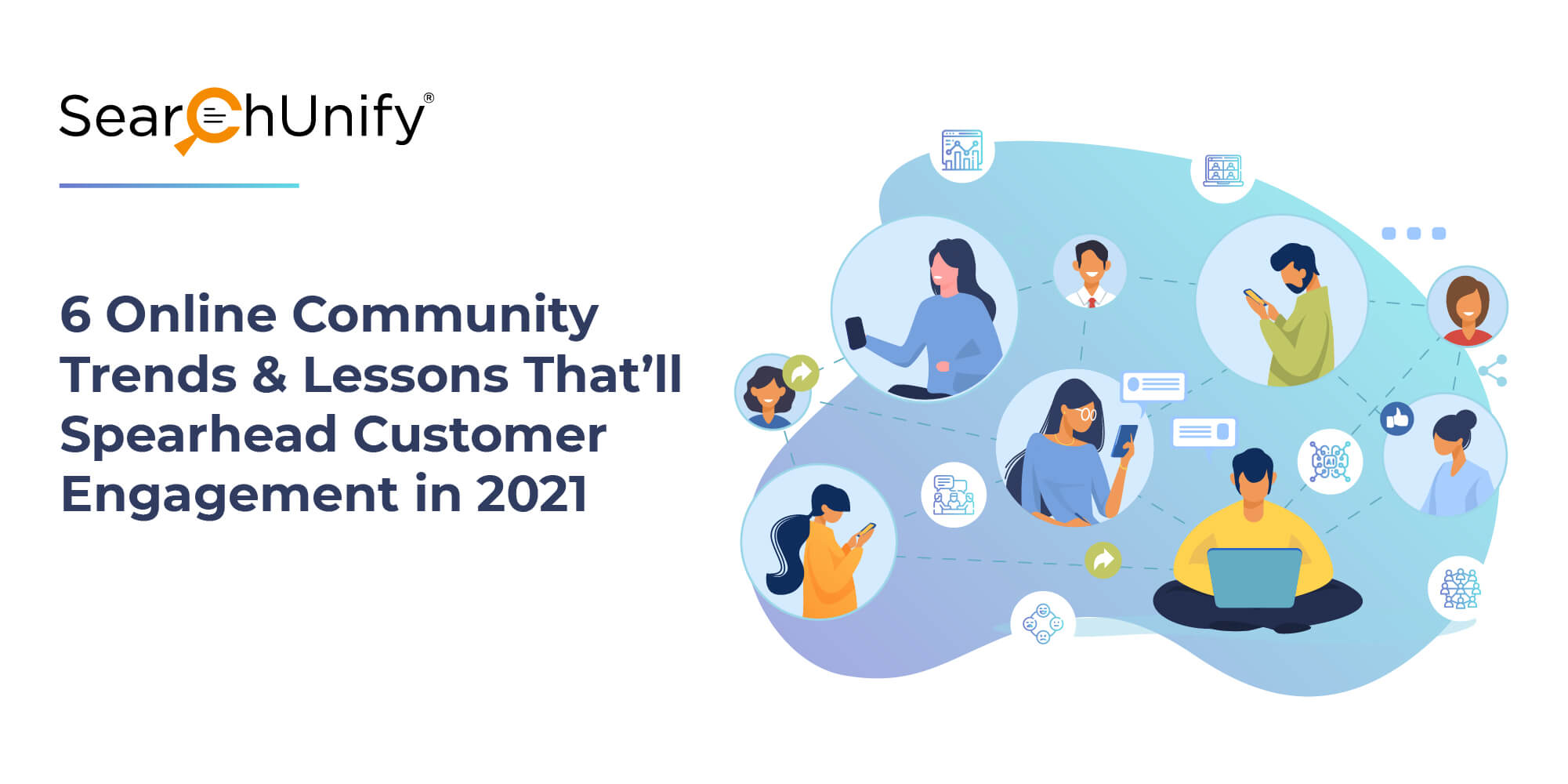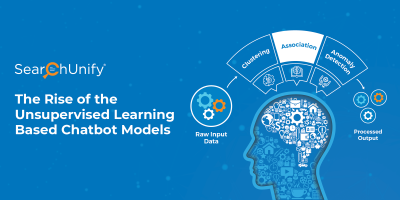
This year brought in-person meetings and social gatherings like summits and conferences to a total standstill. As a result, virtual engagement got its moment in the sun.
It paved the way for a strong surge in virtual engagement, which also found its way to online communities. FeverBee reported that community participation rose by 62%. For community managers, this is nothing less than a godsend.
It is a big opportunity to fuel self-service and foster lasting relationships with customers. 2021 is going to be the year where online communities rise and make a case for their impact on customer retention and satisfaction.
All you need to do is leverage this high and consistent engagement. My aim behind this post is to outline the latest developments in the community sphere so that you can chalk out an effective strategy accordingly. Without further ado, let’s get this party started!
Trends That’ll Shape Online Communities in 2021
1. Community engagement will become more crucial
Surprisingly, many organizations still don’t have an online customer community. I can’t imagine the plight of their support teams in 2020. In some cases, help centers’ usage rose by over 200%! Without a community in place, there’s nothing to curtail the rising caseload.
This year served as a reminder for investing in self-service tools like an online community. Higher Logic reported 81% of its customers saw higher community engagement. On top of that, the brand also witnessed a 33% upsurge in usage & new members across platforms.
Diminishing interest in traditional support channels also makes communities the go-to place for reliable information. They not only save your time and money but also help you acquire new customers and retain them. So, expect to see more branded communities.
2. An AI-driven playbook is likely to emerge
From a technological POV, community platforms were stagnated from a while as social media support became the elephant in the room. However, a new renaissance is on the horizon and it’s lead by AI.
What do members see when they first log in? Are there some forums or topics that are more active? Where are the super users? By identifying and analyzing such details, AI hands out the mantra to drive engagement and better understand your customers.
Another advantage of AI is that it functions as a virtual agent on your community. A post or thread hasn’t enticed other community members? No problemo. There are AI-fueled apps that understand the query and respond with a solution.
3. Hosting events on virtual communities will become ordinary
Offline community interactions will continue to be off the table for a foreseeable future. As a result, online community events are on the rise. Even when things get back to normal, this will prove to be a lucrative option for community managers and members.
In addition to being convenient and flexible, these events provide networking opportunities to members, generate sponsorship revenue, deliver valuable information to customers, and draw more prospects to your organization.
That’s why a lot of community managers are doling out a variety of events such as webinars, expert interviews, panel discussions, AMA-style sessions, product launches, etc. This way, brands can capitalize engagement for increased upselling and renewals.
4. Communities will play a more active role
Till now, online communities were considered just a case deflection channel. Thanks to 2020, a lot of brands have realized that self-service is just the tip of the iceberg. A healthy and active community can also improve your bottom line.
They provide a dedicated space for your customers, who often have similar KRAs, to connect and share ideas. It creates the perfect environment to foster a closely-knit community of professionals who help each other and evolve into brand advocates.
Higher Logic reported that communities are moving towards more advanced use cases such as retention, satisfaction, and organizational growth. So, we might see a more active and careful management of communities.
5. Community experience will become more humanized & immersive
With the higher usage and revised goals, brands will be stepping up their community experience game. It has to feel highly relevant and personalized to every member. There are a couple of ways brands can make it possible.
Chatbots. They‘ve been around for a while; and with the recent AI treatment, they have become more intuitive. They can triage isssues, provide helpul content, and enable seamless hand-offs. This way, they’re a boon for customers as well as businesses.
Companies using chatbots are 60% & 30% more likely to improve resolution time and CSAT respectively. – Intercom
6. Integration with predictive models and sentiment analysis is on the cards
AI also opens the door to ML, sentiment analysis, natural language understanding (NLU), etc. When all these technologies work in conjunction, the members have an engaging and wholesome community experience.
Machine learning can identify usage patterns to anticipate the user’s intent. Then, NLP understands their search queries, and deep analytics provides historical data to build better context. This way, your community can accurately pinpoint what the customer is searching for.
It also helps you listen to your customers. You can zero-in on areas that bother your customers the most and also leverage the criticism to innovate and improve your offering.
Final Thought
An exciting future awaits for online communities. They have demonstrated near limitless potential. Some branded communities keep the members coming back for more. How? By giving customers what they need and when they need it.
These communities gauge what the customers are going to need without them asking. Is your community also proactive and member-centric? Or is it still running by the old ways? If it’s the latter, you should reconsider your approach.
Growth in 2021 will require you to put your customers’ needs first and abandon the reactive approach. AI is the way. How? You might want to tune into this mind-boggling discussion among leading community professionals about the role and impact of AI in online communities.















